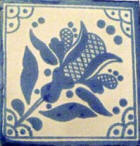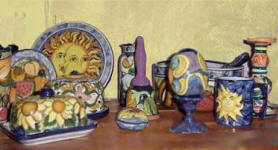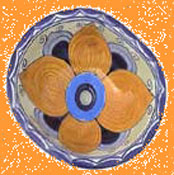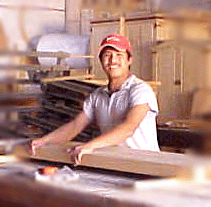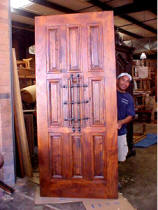Hacienda
and rustic styled furniture evolved in Mexico from the 16th century as
European influence and technology became available to native craftsmen.
Characterized by it’s use of native hardwoods, carved design and
bold elegant form, today it is a major Mexican export.
Mesquite Furniture
When the Spanish arrived in the New World, mesquite was already an integral part of native culture. Natives made baskets and fabric from the inner bark, sewing needles from the thorns, and the bean pods were food and medicine. The sap was used for dye and sweet gum.

Most people see the mesquite as a scrawny twig in the desert, where the
roots might go down a hundred feet or more in search of water. The Honey
Mesquite, or Algarrobo, will often grow 40 feet tall.
Also called “Iron Wood” mesquite has been used extensively for railroad ties, wagon wheels and fence posts. It resists expansion, is virtually water proof, and can be stunning visually.

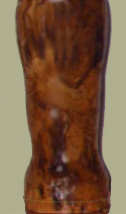
Natural
“flaws” in the wood are often desirable and can increase the
value of a furniture piece or a carving if properly expressed. Craftsmanship
with this sort of medium transcends craft, and becomes art.
Talavera Pottery
Puebla,
Mexico was established by the Spanish in 1531 on the trail to Vera Cruz
from Mexico City.
Craftsmen from Spain traveled to the new city, and taught the residents
to use the abundant rich clay of the area. To this day, the unique style
that developed from their tutorage, bears the name of their home city,
Talavera de la Reina.
Puebla flourished from the beginning and soon became renowned for a major
university, textiles, and of course, beautifully decorated ceramic pottery.
In the colonial days of Mexico, blue pigment was the most expensive dye,
and early pottery guilds established rules that only the finest ceramic
should be painted blue. In the 19th century, Talavera pottery erupted
into bright colors of every hue.
